论文题目: Electrically regulating co-fermentation of sewage sludge and food waste towards promoting biomethane production and mass reduction
作者:Zhongxiang Zhi,Yang Pan,Xueqin Lu,Guangyin Zhen,Youcai Zhao,Xuefeng Zhu,Jianying Xiong,Tianbiao Zhao
文章简介:
微生物电解池是一种新兴的、有前景的可持续能源生产技术,可以电催化调控污泥(Sewage sludge, SS)和餐厨垃圾(Food waste, FW)的共消化性能及甲烷产生行为。微生物电解池(Microbial electrolysis cell, MEC)已经被引进到传统的厌氧消化(Anaerobic digestion, AD)系统中,即微生物电解池-厌氧消化联合应用系统(MEC-AD)。本研究同时运行两个厌氧消化系统(MEC-AD和单独AD),探索电催化刺激对FW和SS共消化的影响以及随后生物甲烷生产的潜在作用。在外加电压为0.4 V,餐厨垃圾与污泥的比例为0.2 : 0.8时,微生物电解池-厌氧消化联合应用系统的累积甲烷产量大约是单独厌氧消化的2.8倍。研究还发现,该联合系统能够降低二氧化氮的产生,同时提高氨氮的去除率和消化液的脱水能力。扫描电子显微镜分析则直观的呈现出大量生长在电极表面的电活性微生物,如杆状或椭球状微生物。微生物分析结果表明,电催化诱导促进了典型产甲烷菌(Methanobacterium 和Methanosaeta)的生长和增殖,从而大大提高了生物甲烷的产生。
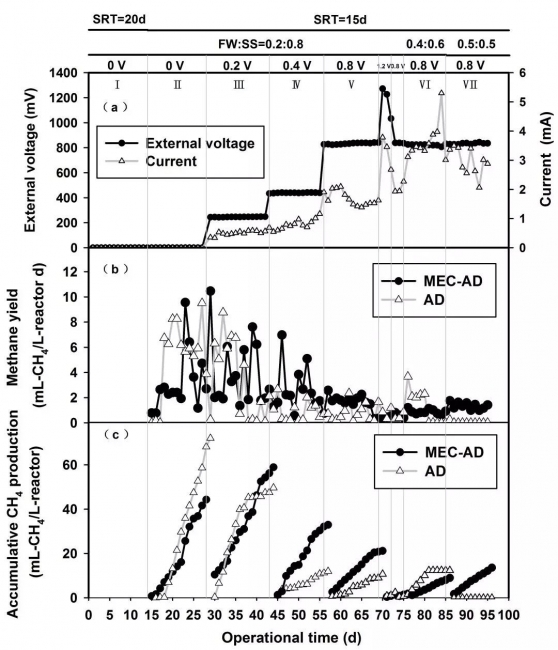
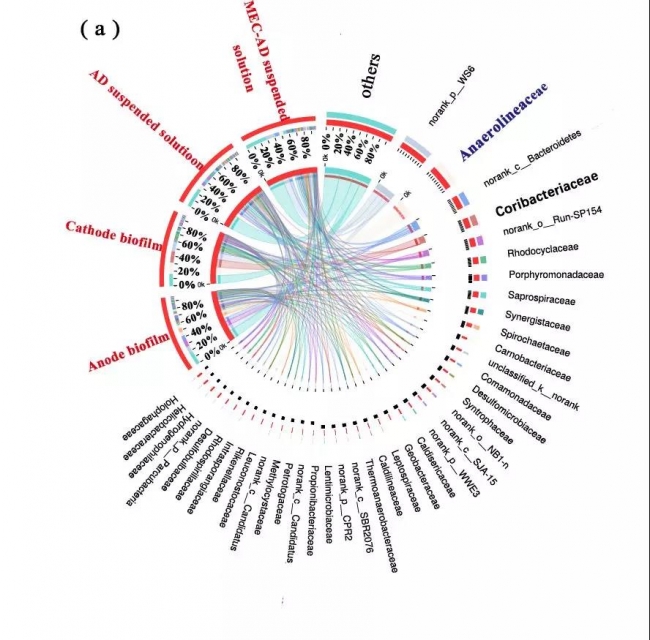
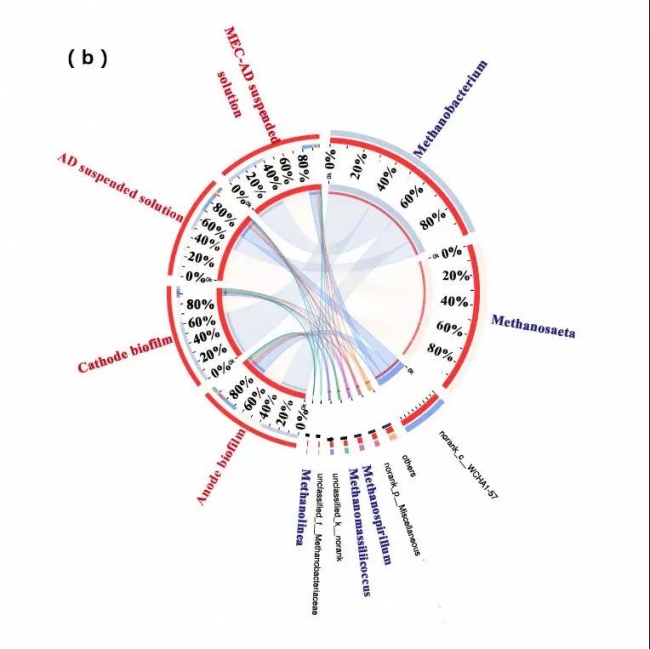
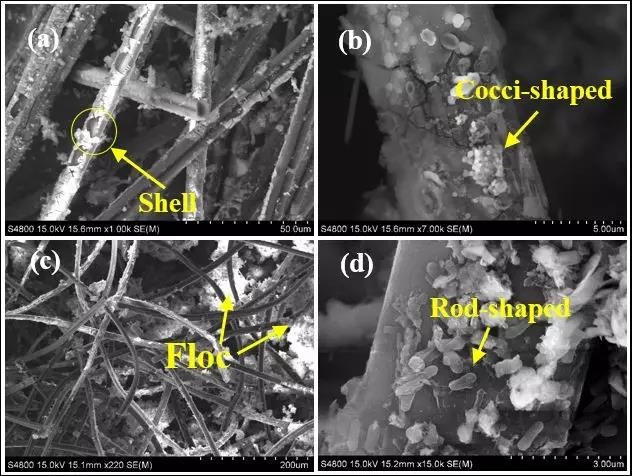
该文章被选为Bioresource Technology Volume 279的cover page (封面文章)
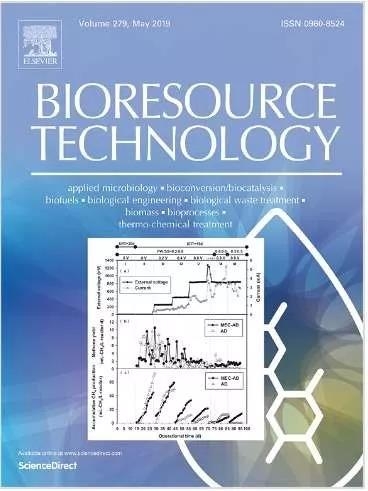
全文链接地址:https://www.sciencedirect.com/science/article/pii/S0960852419301762?via%3Dihub
该论文于2019年5月发表在SCI 一区Top期刊 Bioresource Technology(影响因子:5.807)上。
我学院支忠祥为第一作者,甄广印为通讯作者。